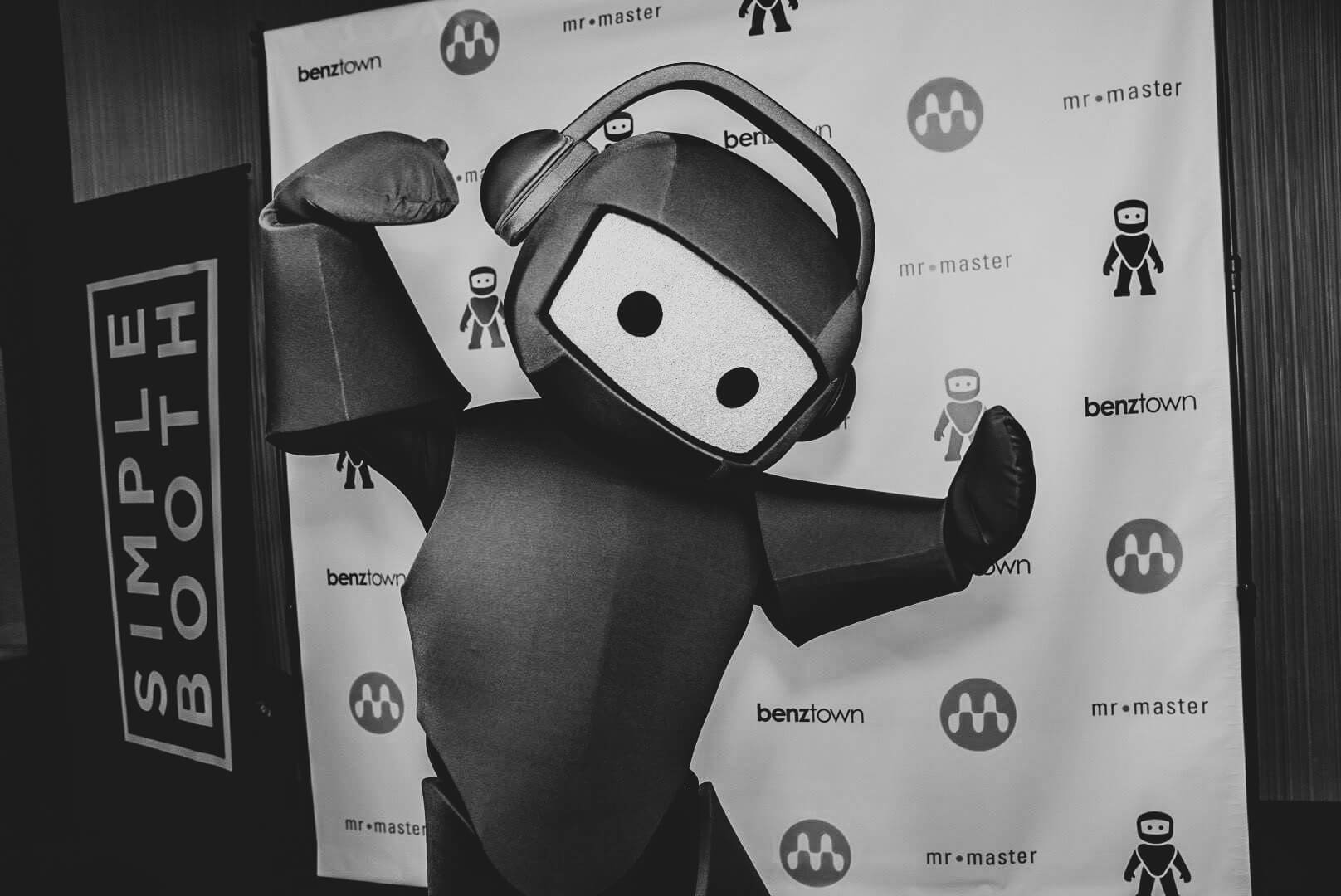Even Chatbot GPT Loves Radio Imaging

Happy New Year boys and girls, this will be an exciting one. The question is: Are you ready for what’s coming? Are you aware what’s in the pipe for 2023. I am sure most of you have heard of ChatGPT in the latest news or friends and family told you about it. If not, a quick Google search will help make you understand what I am talking about in the next couple paragraphs… I know, wait a minute, didn’t the Google guys push the red alert buttons, because of ChatGPT:)… So, I asked ChatGPT about the development of radio imaging in the US in the last 10 years and… What was coming up:
Radio imaging in the United States has undergone significant developments in the past ten years, as radio stations have sought to adapt to changes in the media landscape and stay competitive in an increasingly crowded market.
One key development has been the increasing use of digital technology in radio imaging. In the past, radio stations typically produced their imaging elements using analog equipment, which was time-consuming and expensive. Today, many stations use digital audio software to produce their imaging, which allows them to work faster and more efficiently. Digital technology has also made it easier for stations to customize and update their imaging on a regular basis, which is important in an era when listeners have a wide range of listening options and expect a high level of variety and freshness from their favorite stations.
Another trend in radio imaging over the past decade has been the increasing focus on creating a cohesive and consistent audio brand for a station. As the number of radio stations has increased, it has become more important for stations to differentiate themselves from the competition and create a strong, memorable identity. This has led to a greater emphasis on the use of imaging elements such as slogans, jingles, and sound effects that help to create a unique and consistent brand for a station.
Finally, the past ten years have seen the rise of social media and other digital platforms as important channels for radio stations to interact with their listeners and promote their brand. Many stations now use social media and other online platforms to engage with listeners and share updates about their programming, contests, and other events. This has led to the development of new approaches to radio imaging that are specifically designed for these digital platforms, such as short, snackable audio clips and other types of content that are well-suited to social media.
Overall, the past decade has seen significant developments in radio imaging in the United States, as radio stations have embraced digital technology, focused on creating a strong and consistent audio brand, and sought to engage with listeners through social media and other digital platforms. These developments are likely to continue in the coming years, as radio stations look for new ways to stay relevant and competitive in an ever-changing media landscape.
Pretty damn accurate, I would have added a couple things and of course it is maybe more 15-20 years, since digitalization of our craft took over, but…pretty dam impressive.
So back to my question : Are you ready for whats in the pipe in 2023. This is just the beginning!!!
Happy New Year!
–Andy
;)